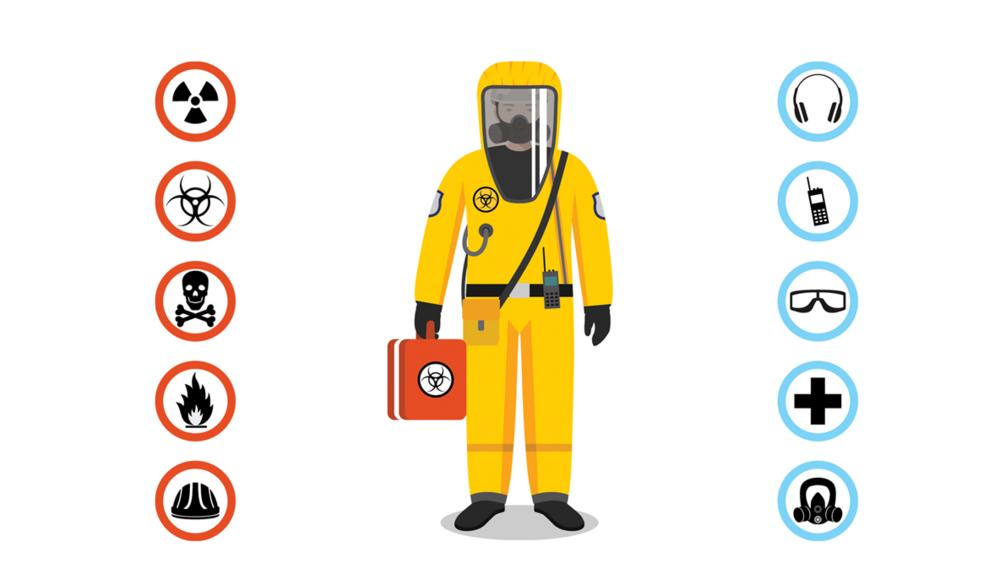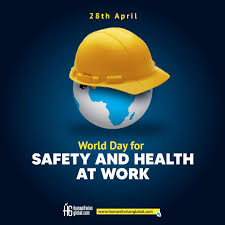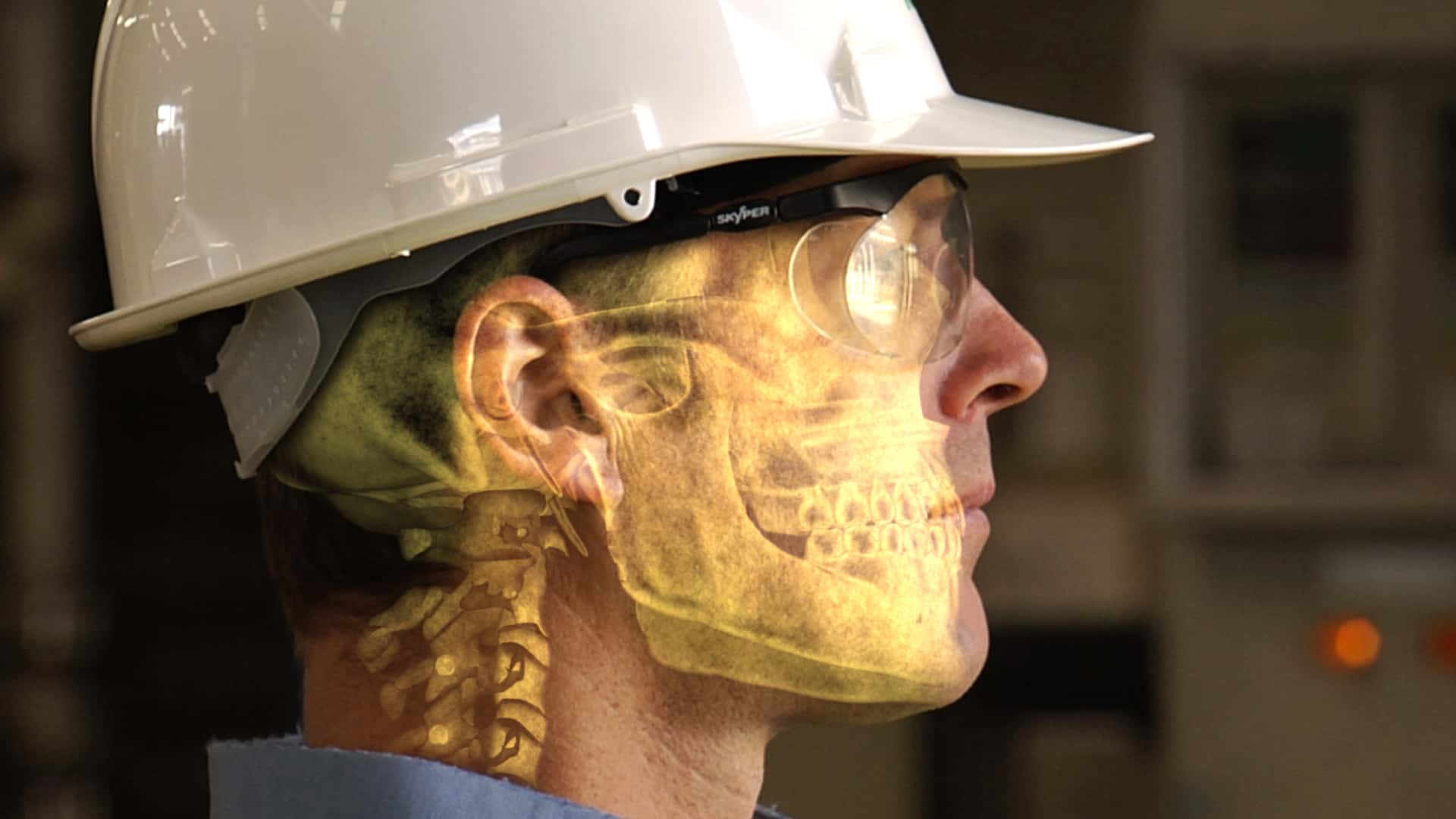Psychological Health and Safety. In recent years, the importance of psychological health and safety (PHS) in the workplace has emerged as a critical topic. Experts suggest that, for PHS to truly make an impact, it must function as rigorously and systematically as occupational health and safety (OHS), with clearly defined standards that outline what is considered effective practice. A more structured approach to PHS would empower organizations to offer genuinely supportive environments for mental health and well-being.
“For PHS to work, it doesn’t need to be complicated; it needs to be tangible and measurable,” explains a PHS coach who trains leaders on implementing mental health frameworks. According to this coach, psychological health and safety should avoid ambiguity, focusing instead on concrete goals that guide organizations in building mentally healthy workplaces.

Central to PHS is the understanding that emotions directly influence thoughts and behaviors, which can predict potential mental harm in the workplace. Research shows that an employee’s mental state is heavily influenced by their experiences, both positive and negative. Emotional responses, whether rooted in satisfaction or stress, shape individuals’ attitudes and actions on the job.
Expecting employees to maintain unwavering rationality in all circumstances is unrealistic, especially given the pressures of modern work environments. Stressors such as exhaustion, job security concerns, or a fear of physical harm can disrupt an individual’s rational capacity and lead to heightened emotional reactions. Emotions are, in many ways, the human interpretation of workplace experiences, providing crucial feedback on whether the environment feels supportive or detrimental.
As organizations strive to create safer, healthier workplaces, incorporating measurable PHS standards could help employers recognize and address the psychological aspects of safety that have long been overlooked. Like traditional safety practices, these standards would provide benchmarks for assessing workplace conditions and responding effectively. This shift has the potential to foster environments where employees feel valued, understood, and supported—key factors in reducing mental health risks and improving overall organizational resilience.

The call to action is clear: businesses across industries must rethink how they approach mental well-being, treating psychological safety with the same level of commitment and structure as they do physical safety. By adopting a measurable, structured approach to PHS, organizations can make meaningful strides in fostering a workplace culture that prioritizes mental health as a fundamental aspect of employee well-being.











